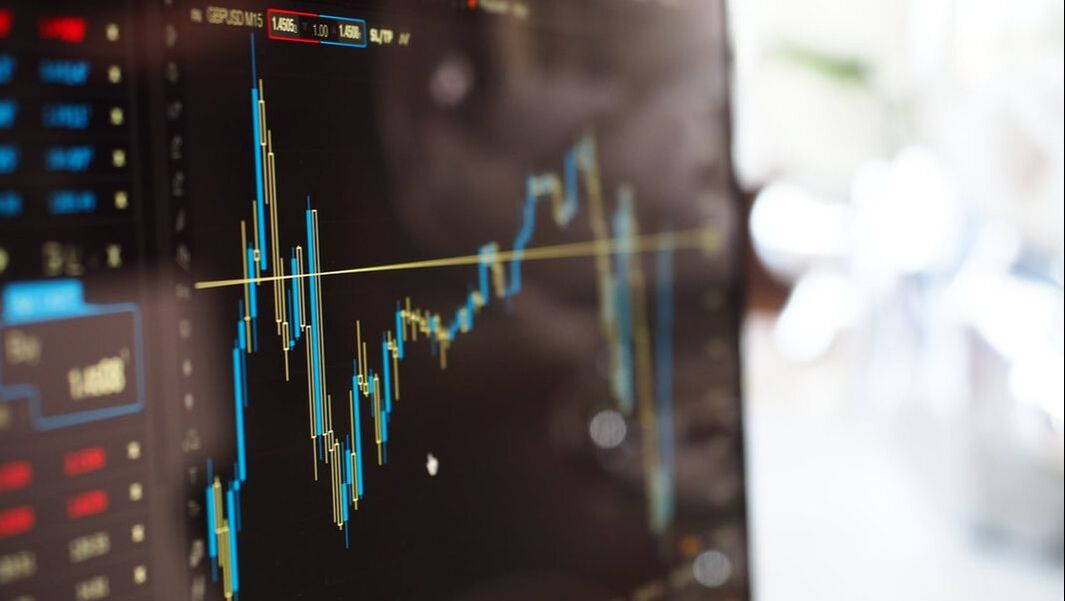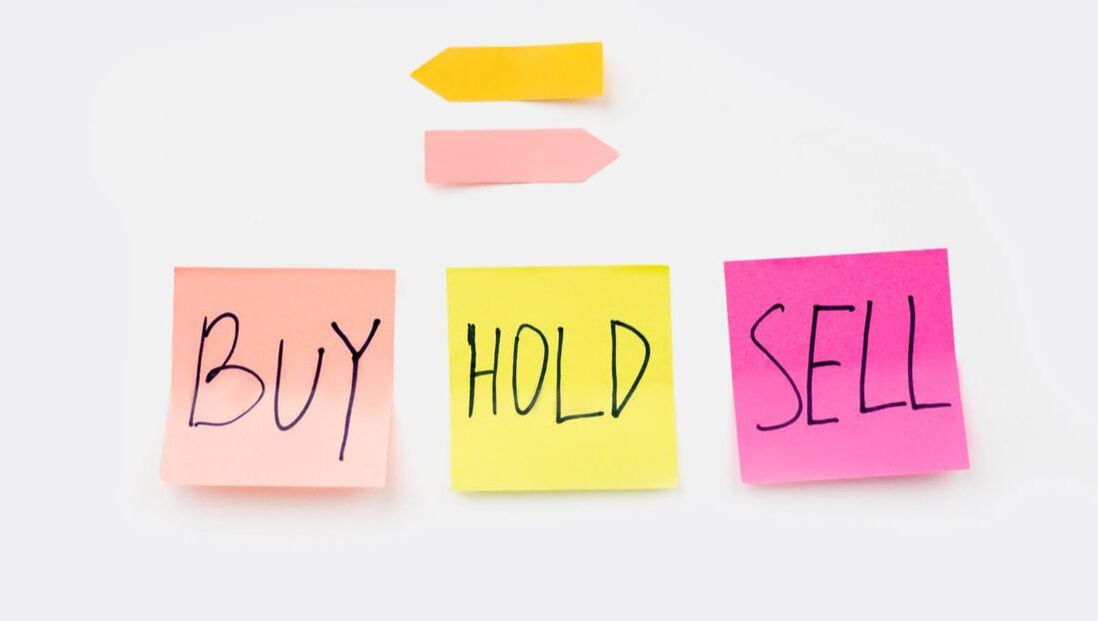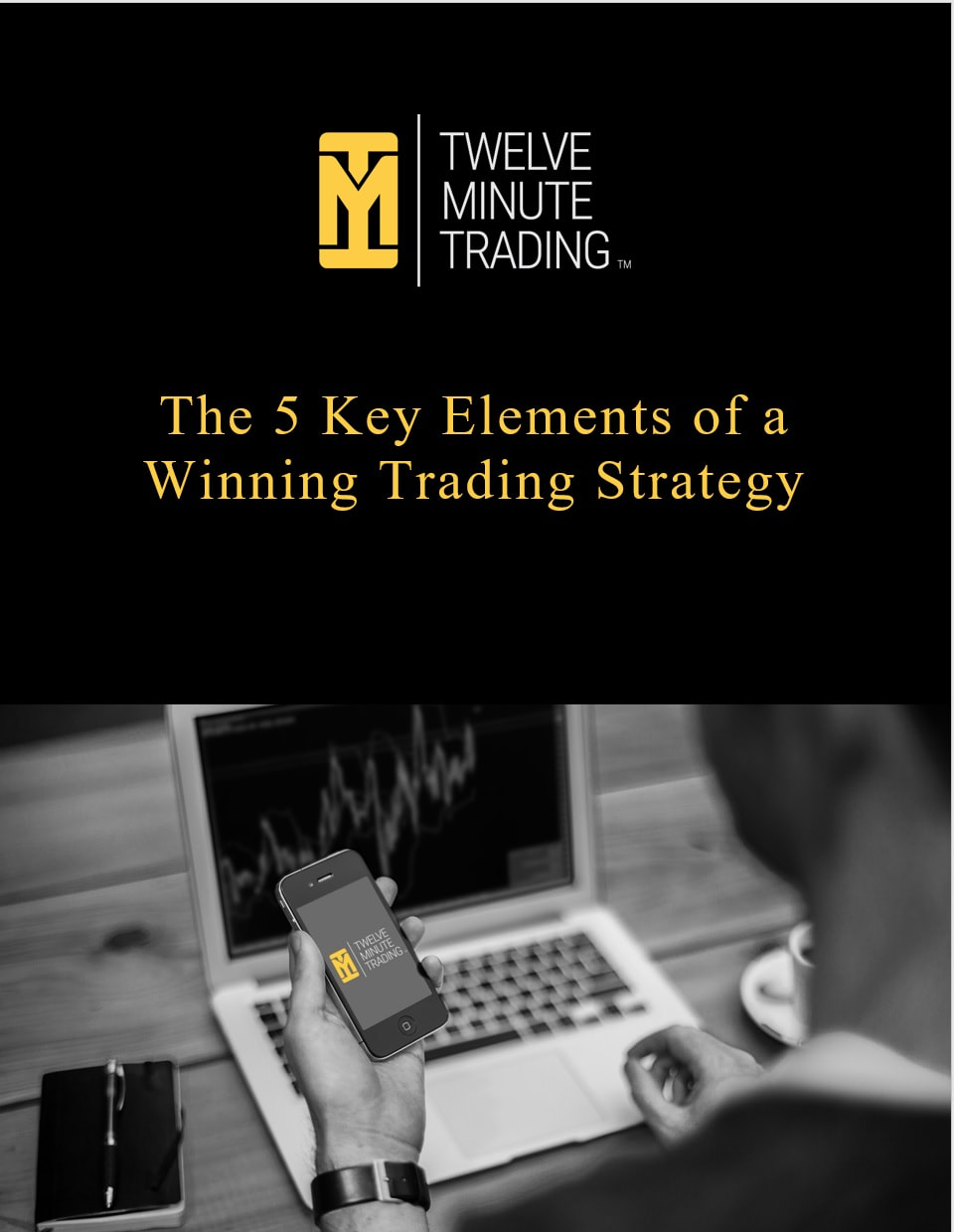|
Many years ago, I was taught the "4 Phases of the Market" and understanding them has made a huge difference in may trading and investing over the years. Once you understand them, you can use them to your advantage. The 4 Phases happen on a micro-level and macro-level. For example, you can go through all 4 phases in the span of a month on smaller chart time frames. On a macro level, they are the phases of bull and bear markets. They are as follows: Disgust Disgust is the end of the 4 phase cycle. It is when there is significant uncertainty and volatility with enough selling to make things painful in the markets. This stage "feels" horrible and like it will never end. It is most notable on big corrections such as 10% or more and bear markets. Everything is negative and it seems there is no end in sight for the carnage. You can also go into disgust on shorter timeframes with 3-5% moves in short periods of time such as a week or so. The telltale sign of this phase is fear and uncertainty. The end of Disgust is one of the best times to sell options in the markets because of the volatility and depressed levels. Disbelief This comes after Disgust in the form of a rally "in disbelief." Everything has been so negative and has seemed like there is no way anything positive can happen - and then the market (stock, index, etc.) rallies and holds the rally. Sentiment is that it cannot hold and many times it doesn't. You can get a lot of confirmation of Disbelief during the Disgust phase as rallies are faded, but when things reach the deepest levels of Disgust is when Disbelief really happens. Pay attention to the sentiment and prevailing narrative of "the herd", when it seems all hope is lost and the world is going to end (OK maybe a little over-exaggeration, but you know what I mean) - that is when you should be prepared and look for the Disbelief rally. Acceptance Once the Disbelief rally holds, it becomes somewhat of a self-fulfilling prophecy in that early adopters (the Pros) see it and start to get back in. Still, the herd thinks it cannot hold. They stay on the sidelines as they miss the beginning of the rally, but much to their "disbelief" it continues to hold. Things start to "feel" better and markets get back to more normal action. After a little while, the rally begins to reach "Acceptance" and it draws more people back in. You can always tell acceptance when the fear begins to fade and markets revert back to normal type market action (not wild swings, etc.). You can also tell by sentiment in that people that were scared are now dipping their toes back into the water. This phase also lasts the longest. Euphoria This phase is most easily recognized when things get really hot again and it seems like everyone is making money in the markets. "You can't lose!" This is a great time to be in the markets and take advantage, but you must be very weary that "Disgust" is lurking and coming next. Telltale signs of Euphoria are risk assets being piled into. Non-traditional assets suddenly are all the rage and people who are not investors piling into the markets. The old adage, "When you barber or dentist starts giving you stock tips, or brother in law who has never traded before, start to give advice, you are usually in Euphoria" and probably closer to the end. Look for markets to go parabolic on the charts and further than anyone expects prior to the end of Euphoria. Once you understand how to recognize the 4 Phases of the market, it will make a huge difference in your investing and decision making around it. As I write this, we are in early 2022 in the Disgust phase. I cannot say how long it will last, but I am excited about the opportunity to "be greedy when others are fearful" and take advantage of selling into the corrected levels it presents! Want to Learn More About How to Take Advantage of the 4 Phases? Click Below for a 2-Week Free Trial of 12 Minute Trading!
1 Comment
I came across this great article from Tradeciety.com titled "Scientist Discovered Why Most Traders Lose Money" and it grabbed my attention. The conclusion of the article is not surprising and I've spent a lot of time over the years teaching students how to manage this one major area that drives the most loss. But, before I share more about, here are some eye-opening stats from the article:
Just understanding the pitfalls above and avoiding them can make a huge difference in your trading. But the biggest reason traders lose money is not any of the above. It is because they trade on emotion and do not have a solid ruleset and trading plan to keep them grounded. As I stated at the beginning of this article, I have spent years teaching students that the biggest obstacle to trading success lies between their ears. You must separate emotion and logic and have a tried, tested, and solid ruleset/process for you trading - and then you must be disciplined to follow it. That is how you keep emotions in check. And that is how you become a profitable trader and investor. Want to Learn How to Create Consistent Cashflow in the Markets? Click Below for a 2-Week Free Trial of 12 Minute Trading!A lot of people ask why I don't buy stocks or options. It's a good question and my explanation may make you question why you would as well. For most retail traders and investors, the traditional way they try to make money from the markets or are advised to make money in the markets is by "buying low and selling high." On its face, this makes sense and works if executed. The problem is, as most traders find, it is not that simple. The overwhelming majority of people who attempt to trade for a living lose money. In fact, according to statistics, 80% of all day traders quit within 2 years. And only 1% of all day traders are consistently profitable. The reason being is that buying low and selling high is extremely difficult to do consistently. Why? Because you have to be right. And being right consistently in the hardest game in the world, is very hard. I was no different than anyone else when I first stated trading. I thought I could "time the market" and I found like most people do, that while once in a while, I would get a win - I would end up giving it back on subsequent trades and end up making no money or losing. But, after a couple years of trying to figure it out. I started to ask some questions and they led me down the path to being a consistently profitable trader. Here are some of those questions and answers:
Going down this path was a huge eye-opener for me. I was stacking the odds against me by buying anything in the markets. I was literally starting in a hole. And the other big "aha" was sellers get paid. Think about it - when you buy a stock or option, you are taking on all the risk and forking over the money up front. A seller gets paid to take on risk. I really liked that. I then asked, who are the sellers? Well, one way to be a seller is to take a company public on the exchanges and sell shares. That wasn't happening any time soon. Another way is to be an accredited investor and get in on an IPO. In my early 20's, I wasn't there yet. So, I began to investigate how to be a seller and came across some specific types of trades that allowed me to be a seller in the markets. Specifically, naked puts, covered calls, and credit spreads. I started first with covered calls and naked puts and had some good success. I then graduated to selling spreads, condors, and other types of sell trades. And just buy choosing these types of trades, I put the odds in may favor giving me a 67% chance to win and make money from the start. I didn't stop there because I had still had a 33% chance of losing money. So, over the years I created advantages such as my proprietary Fractal Energy Indicator which signals when the energy in a chart is going to trend. I came up with solid, tested rules for entry, exit, and profit taking. And in doing so, I boosted my odds of winning trades over 90% in many cases. But, even with that, I still had a chance of losing, so I created defensive systems and rules to protect me in case a trade goes wrong. Because of this, I have much more control over my success as a trader than a traditional investor. Is it perfect? No. No system is, but it has served me and my students all over the world well for over 15 years. Will selling options pay 1000% returns? No, selling options can pay great returns, but think of them more like consistent base hits that add up to more than the occasional home run. That is the key to a winning strategy, consistent, compounding profits with very few and minimal losses. Learn to sell options, put the odds in your favor, and start compounding your profits! Want to Learn More About the Strategies to Sell Options? Click Below for a 2-Week Free Trial of 12 Minute Trading! |
Get a 14-Day FREE Trial of 12 Minute Trading services!Archives
May 2024
Categories
All
Get Your FREE Copy of the 5 Key Elements E-Book! |
U.S. Government Required Disclaimer - Forex, futures, stock, and options trading is not appropriate for everyone. There is a substantial risk of loss associated with trading these markets. Losses can and will occur. No system, strategy, or methodology has ever been developed that can guarantee profits or ensure freedom from losses. No representation or implication is being made that using the 12 Minute Trading methodology or strategy or the information in this letter will generate profits or ensure freedom from losses.
HYPOTHETICAL OR SIMULATED PERFORMANCE RESULTS HAVE CERTAIN LIMITATIONS. UNLIKE AN ACTUAL PERFORMANCE RECORD, SIMULATED RESULTS DO NOT REPRESENT ACTUAL TRADING. ALSO, SINCE THE TRADES HAVE NOT BEEN EXECUTED, THE RESULTS MAY HAVE UNDER-OR-OVER COMPENSATED FOR THE IMPACT, IF ANY, OF CERTAIN MARKET FACTORS, SUCH AS LACK OF LIQUIDITY. SIMULATED TRADING PROGRAMS IN GENERAL ARE ALSO SUBJECT TO THE FACT THAT THEY ARE DESIGNED WITH THE BENEFIT OF HINDSIGHT. NO REPRESENTATION IS BEING MADE THAT ANY ACCOUNT WILL OR IS LIKELY TO ACHIEVE PROFIT OR LOSSES SIMILAR TO THOSE SHOWN.
© 12 Minute Trading 2024. ALL RIGHTS RESERVED.
Privacy Policy | Disclaimer and Legal Rights | Terms of Use | Earnings and Income Disclaimers
HYPOTHETICAL OR SIMULATED PERFORMANCE RESULTS HAVE CERTAIN LIMITATIONS. UNLIKE AN ACTUAL PERFORMANCE RECORD, SIMULATED RESULTS DO NOT REPRESENT ACTUAL TRADING. ALSO, SINCE THE TRADES HAVE NOT BEEN EXECUTED, THE RESULTS MAY HAVE UNDER-OR-OVER COMPENSATED FOR THE IMPACT, IF ANY, OF CERTAIN MARKET FACTORS, SUCH AS LACK OF LIQUIDITY. SIMULATED TRADING PROGRAMS IN GENERAL ARE ALSO SUBJECT TO THE FACT THAT THEY ARE DESIGNED WITH THE BENEFIT OF HINDSIGHT. NO REPRESENTATION IS BEING MADE THAT ANY ACCOUNT WILL OR IS LIKELY TO ACHIEVE PROFIT OR LOSSES SIMILAR TO THOSE SHOWN.
© 12 Minute Trading 2024. ALL RIGHTS RESERVED.
Privacy Policy | Disclaimer and Legal Rights | Terms of Use | Earnings and Income Disclaimers




 RSS Feed
RSS Feed
